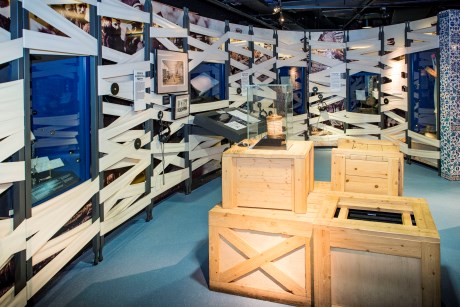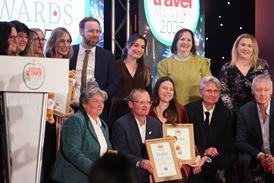
Earlier this month England’s schools minister Nick Gibb came up against criticism from campaigners who said women weren’t visible enough on the curriculum. STO looks at one museum where you can introduce pupils to one of the world’s greatest women, from the tender age of five.
The Florence Nightingale Museum is located at St Thomas’ Hospital in central London and aims to help pupils understand the famous nurse’s achievements and her relevance to nursing and healthcare today. It is set into three different pavilions:
• The Gilded Cage which tells the story of her family life, Nightingale’s privileged childhood and her struggle against stifling social conventions.
• The Calling which is all about her work during the Crimean War. This section explains how Nightingale and her team coped with the crisis in the military hospitals at the time.
• Reform and Inspire, which shows another side of Nightingale and covers the many years she campaigned for health reform, even from her sickbed.
Welcoming schools
The Florence Nightingale Museum welcomes both Primary and Secondary schools, offering curriculum links in each visit.
A typical visit for Key Stage 1 pupils will include A Visit with Miss Nightingale which sees the class welcomed to the museum by an actress playing Miss Nightingale. The students experience a 30 minute performance as Miss Nightingale describes her life, why she went to the Crimea, how she made it better for the soldiers and nurses and what happened as a result of her work.
The class then takes part in hands-on self-led activities through the museum, where they have the chance to handle real and replica objects and take photos of them. Then, to end the day, pupils are shown a replica Crimean nurse’s and a soldier’s uniform by Miss Nightingale, which can be tried on.
This links in with the Key Stage 1 topic Why do we remember Florence Nightingale.
A Secondary School and Key Stage 2 visit will entail a self-guided tour of the museum to support the Medicine through Time syllabus.
Classes can be split into smaller groups, so one group can additionally visit the smaller museum in St Thomas’ Hospital whilst the other tours The Florence Nightingale Museum. The St Thomas’ Hospital museum shows how, over the years, medicines and operating techniques have advanced.
The museum also records the extensive damage to the hospital during the bombings in World War Two.
Continuing your day
There is no café in the museum, but there is a reserved area in St Thomas’ Hospital café for school groups. Plus there are plenty of green spaces nearby for picnics in the summer.
A break for lunch could also lead onto a visit to nearby places with educational values such as the Imperial War Museum London, the Hunterian Museum and the Churchill War Rooms – each continuing with the theme of the war and medicine during the war.
For more information contact 02076-20374 or visit www.florence-nightingale.co.uk.










